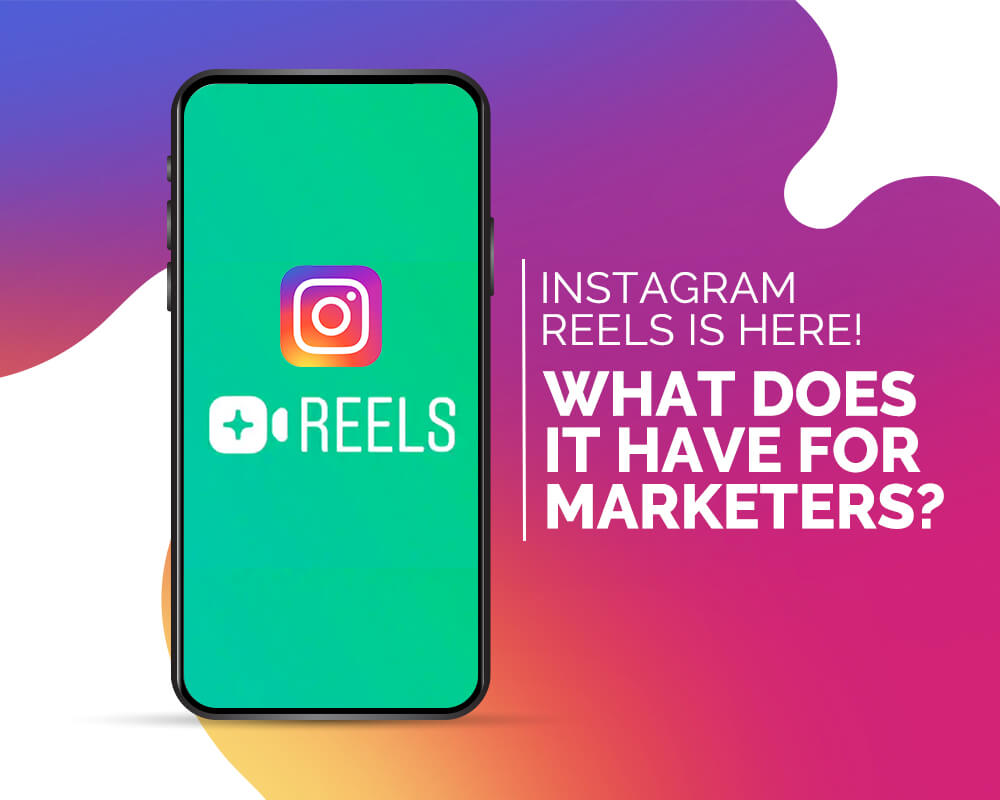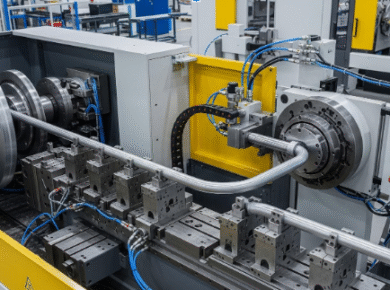Just like the rest of the medical field orthodontics and the entire field of dentistry are making
continuous advancements which aid patients’ outcomes and make the lives of dentists easier.
Computer Assisted Design And 3D Printing
Computer-assisted design and 3D printing have tremendous potential throughout the medical
field, with applications such as printing medicines, prosthetics and organ replicas. Dentists can
use this technology to scan a patient’s mouth that requires a dental crown, this data will be sent to the 3D printer in the dentist’s office which can start printing out a dental crown for the patient whilst they are still sitting in the dental chair. Previously without this technology, dentists would would fit a temporary crown and then schedule the patient to come back in around 3 weeks for their permanent crown to be fitted. This was because the permanent crown was made offsite in a lab, meaning it took much longer for the patient to receive their dental crown. But with this new 3D printing technology this waiting time can be reduced to minutes! This means the patient won’t have to sit in the dentist’s chair as much and the dentist’s time can be prioritised to interacting with a greater level of patients.
Virtual Reality (VR)
Virtual Reality (VR) technology involves wearing a VR headset that completely closes off your
visual perception of the world around you. But instead, you will be able to see a computer-
generated images which provide a more immersive experience than looking at a regular
computer screen. VR is a fantastic way to teach new dental students and improve their
confidence in preparation for their first dental procedure; as experienced dentists can take a
video of themselves performing various dental procedures, this video can either be saved for
future viewing or live-streamed to students wearing VR headsets. Due to the immersive benefits of VR technology dental students may feel like they are conducting the dental procedure themself.
Artificial Intelligence
Artificial intelligence can aid dentists when it comes to decision-making in complex situations, as artificial intelligence can analyse past patient experiences of various treatments and whether the treatment was successful or not. This information can be used to advise dentists to make
decisions that have a higher chance of success for each patient. Artificial intelligence can be
particularly useful for newer dentists who may benefit from some additional guidance in certain scenarios.
Augmented Reality
Augmented reality is similar to VR however with augmented reality users are still able to see the world around them but they can see computer-generated images alongside their worldview. A good example of this is Snapchat filters where users can point their camera towards their face and have the application superimpose cartoon images in front of them. Augmented reality can offer a similar experience catered towards dental students; dental students can use these glasses to look at various dental-themed objects and benefit from a graphical overlay which can aid their learning. For example, whilst looking at a model of a pair of teeth augmented reality technology can make the mouth look more realistic and can even create a range of dental scenarios which can aid the learning of dental students.
Teledentistry
Teledentistry is a way for patients to attend dental appointments from the comfort of their own
homes, it may be that they live too far from their nearest dentist or they are prevented from
attending due to another reason. Teledentistry involves patients using their device’s camera and taking photos and live-streaming videos of their teeth, the dentist can then make
recommendations if needed.
Intra-Oral Camera
Intra-oral cameras can be inserted into the patient’s mouth to allow the dentist to get a closer
view of each tooth than what they would achieve by looking using their eyes; this is because the intra-oral camera can provide a zoomed-in view of the patient’s mouth. When dentists can view each tooth more closely they can spot potential oral health problems very early allowing them to alert the patient as soon as possible, which increases the chance of the problem getting fixed early before it gets worse.
Regenerative Dentistry
Regenerative dentistry developments mean that dentists may have more options available to
them when it comes to repairing damaged teeth, dentists may even be able to regrow teeth that have been extracted in the future.
Cost Of Dental Procedures To Reduce
As a result, new technology being developed to increase the efficiency of dentists means they
can start to perform dental procedures faster and with a greater level of precision, meaning that the dentist can see a greater level of patients which can lead to a reduction in prices overall for patients.










